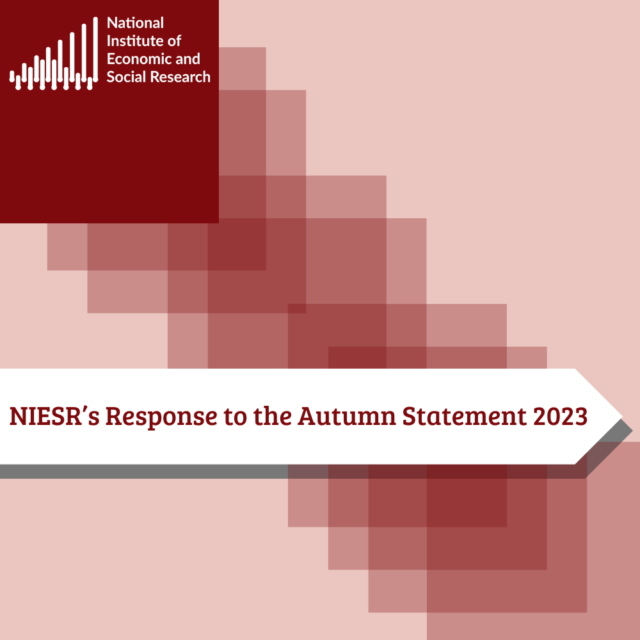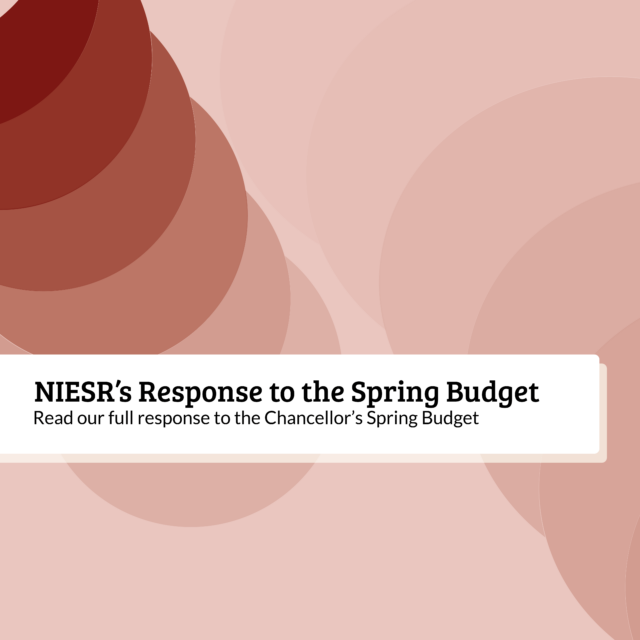Low-Key Budget Unlikely to Unlock Productivity Growth: NIESR’s Response to the Spring Budget 2024
 Pub. Date
Pub. Date
06 March, 2024
 Pub. Type
Pub. Type

Main points
- This was a low-key budget that is unlikely to unlock the UK’s growth and productivity problems
- The focus on arbitrary debt and deficit targets is not what should determine fiscal policy; rather, we need a new framework where the emphasis is on improving outcomes for UK households and regions
- While increasing real wages have improved conditions for many households in recent months, long-term economic prospects will remain weak – including the trend growth rate – without growth-enhancing fiscal policies such as a commitment to increasing public investment
- The further two per centage point cut in National Insurance Contributions (NICs) is regressive, with households in the lowest income decile set to gain 0.2 per cent of their annual disposable income whereas the top five decile gain 1.4 per cent of their annual disposable income
- Measures such as the NIC cut will not boost living standards significantly, which for the bottom 10 per cent of households are some 20 per cent lower relative to pre-pandemic levels
- The public service productivity plans, including the £3.4 billion investment in modernising NHS IT systems and the commitment to growth in ‘day-to-day' public spending of one per cent in real terms, are moves in the right direction, but the budget lacks a plan for the longer-term funding of non-ringfenced departmental spending such as policing, the justice system and local government funding
- Local authorities are spending around 15 per cent of their budgets simply servicing their existing debt and without further support, or any reforms to regressive Council Tax, the provision of critical public services on which the most vulnerable people depend will be compromised
- The government’s continued commitment to Levelling Up is welcome, including today’s announcements of further funding and more devolution deals, but the scale is insufficient and the allocation has been too low and patchy to close the gap between the top performing and worst performing areas, which is at the heart of the 12 Levelling Up missions




